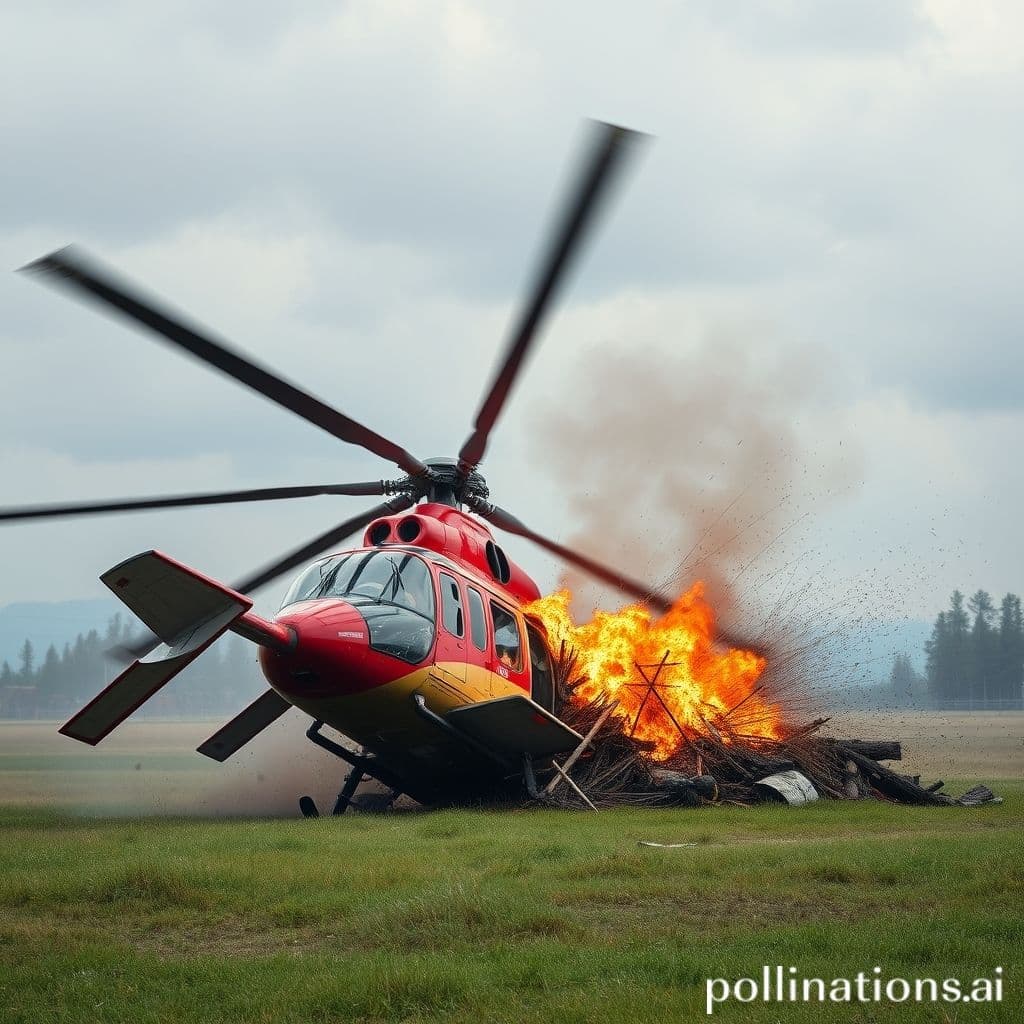Understanding Helicopter Crashes: Causes and Consequences
A Deep Dive into Helicopter Safety and Incidents

Helicopter crashes, while not as common as airplane accidents, can be extremely devastating due to the unique flight dynamics and operating environments of rotary-winged aircraft. Understanding the causes of these unfortunate incidents and the implications for safety is crucial for both operators and passengers.
Throughout aviation history, numerous factors have contributed to helicopter crashes. These can be broadly categorized into mechanical failure, pilot error, environmental conditions, and operational pressures. Mechanical failures may result from inadequate maintenance, faulty equipment, or design flaws. Pilot error often stems from insufficient training or decision-making under pressure, while adverse weather conditions and difficult terrains can severely impact flight safety. Finally, operational pressures, such as time constraints or mission urgency, can lead pilots to take unnecessary risks.
Recent advancements in helicopter technology and safety protocols aim to mitigate these risks. Enhancements in materials, avionics, and routine maintenance practices contribute significantly to improving flight safety. Moreover, ongoing training and simulation exercises for pilots ensure that they are well-prepared to handle emergencies effectively.
Despite these improvements, the psychological and emotional impacts of helicopter crashes on victims’ families and associated communities are profound. Survivors may face long-term physical disabilities and mental health challenges, and families often grapple with grief and loss.
In conclusion, while helicopter crashes can stem from various sources, understanding these factors is key to preventing future incidents. Continued investment in technology, training, and safety protocols is essential for the aviation industry as it strives to maintain high safety standards and protect the lives of all involved in helicopter operations.